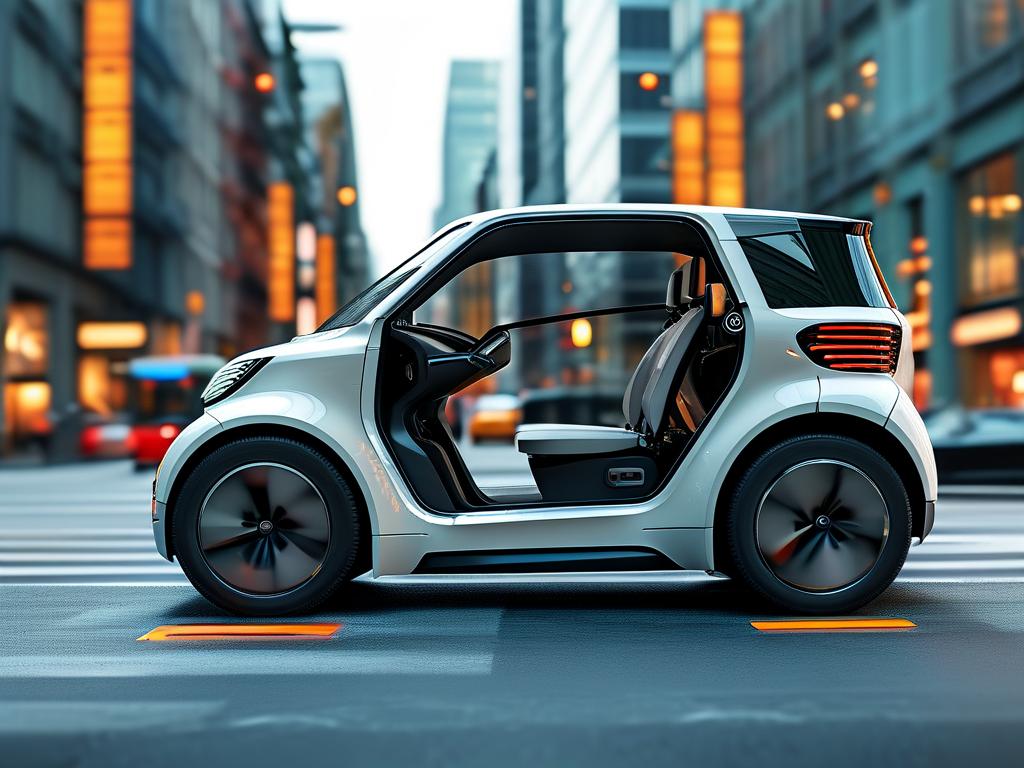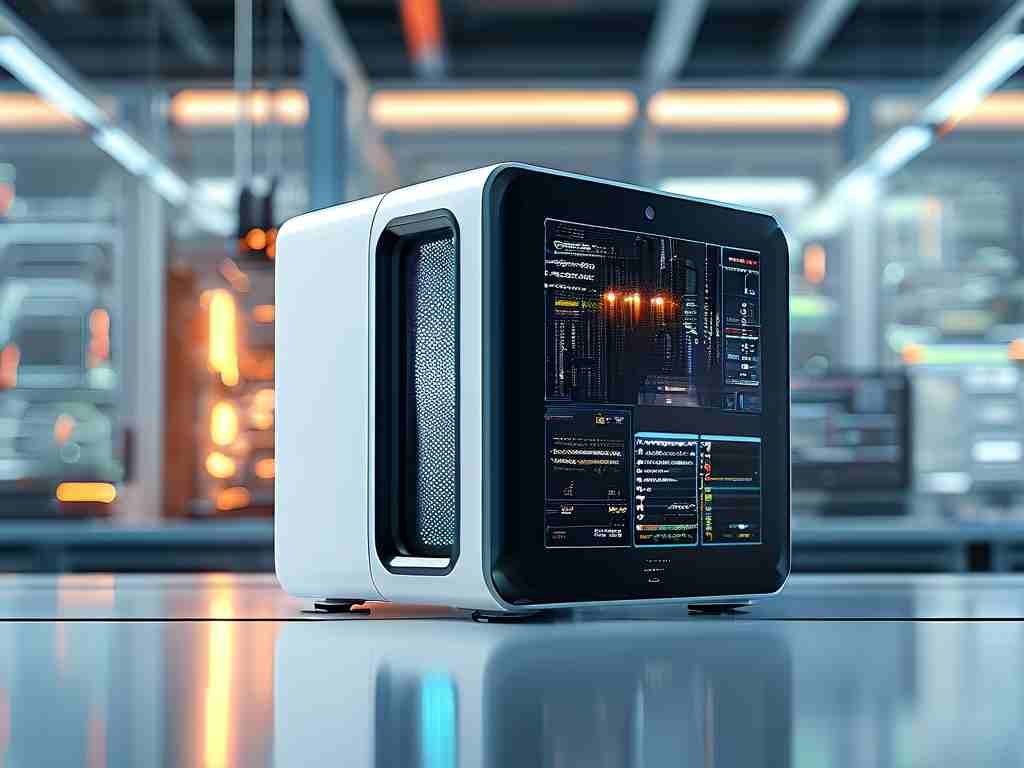Vehicle embedded development solutions are revolutionizing modern transportation by integrating sophisticated electronics into automobiles for enhanced performance and safety. This approach involves designing specialized systems that control everything from engine management to advanced driver assistance features. Understanding these solutions requires a deep dive into the hardware and software components that make them possible. For instance, selecting the right microcontroller units (MCUs) is crucial as they act as the brain of the system, processing real-time data from sensors like accelerometers or cameras. Engineers often opt for energy-efficient chips to prolong battery life in electric vehicles, ensuring sustainability without compromising on power.

On the software front, developing embedded applications demands expertise in programming languages such as C or C++, which offer low-level control for time-critical operations. Real-time operating systems (RTOS) like FreeRTOS are frequently employed to manage tasks efficiently, preventing delays that could lead to safety hazards. A common code snippet illustrates this well: controlling an LED based on sensor input, which mimics real-world scenarios like adaptive lighting systems. For example:
#include <stdint.h>
void control_led(uint8_t sensor_value) {
if (sensor_value > 50) { // Threshold for activation
GPIO_setPin(LED_PIN, HIGH); // Turn on LED
} else {
GPIO_setPin(LED_PIN, LOW); // Turn off LED
}
}
This snippet highlights how simple logic can be scaled for complex functions, but it's just the tip of the iceberg. Full-scale development involves rigorous testing phases, including hardware-in-the-loop (HIL) simulations, where virtual environments mimic road conditions to validate system reliability before deployment. Challenges abound in this field, such as meeting strict automotive safety standards like ISO 26262, which mandates fail-safe mechanisms to prevent catastrophic failures. Power optimization is another hurdle, as embedded systems must operate efficiently in varying temperatures and conditions without draining resources.
Moreover, security is paramount with the rise of connected vehicles; developers implement encryption protocols to thwart cyber threats, ensuring data from telematics systems remains protected. Looking ahead, the future of vehicle embedded development is bright, with trends like artificial intelligence enabling autonomous driving capabilities. By adopting modular designs, teams can reuse components across models, speeding up innovation while reducing costs. Ultimately, these solutions not only enhance user experience through features like infotainment but also contribute to greener mobility by optimizing fuel efficiency. Embracing this holistic approach ensures that vehicles evolve safely and smartly, paving the way for a new era in transportation.









